Student Watchmaker Hudson Mickey on Learning the Craft of Mechanical Watchmaking
With an unbridled passion for watches fueled by an heirloom graduation watch, this young man's goal is to become an independent watchmaker.
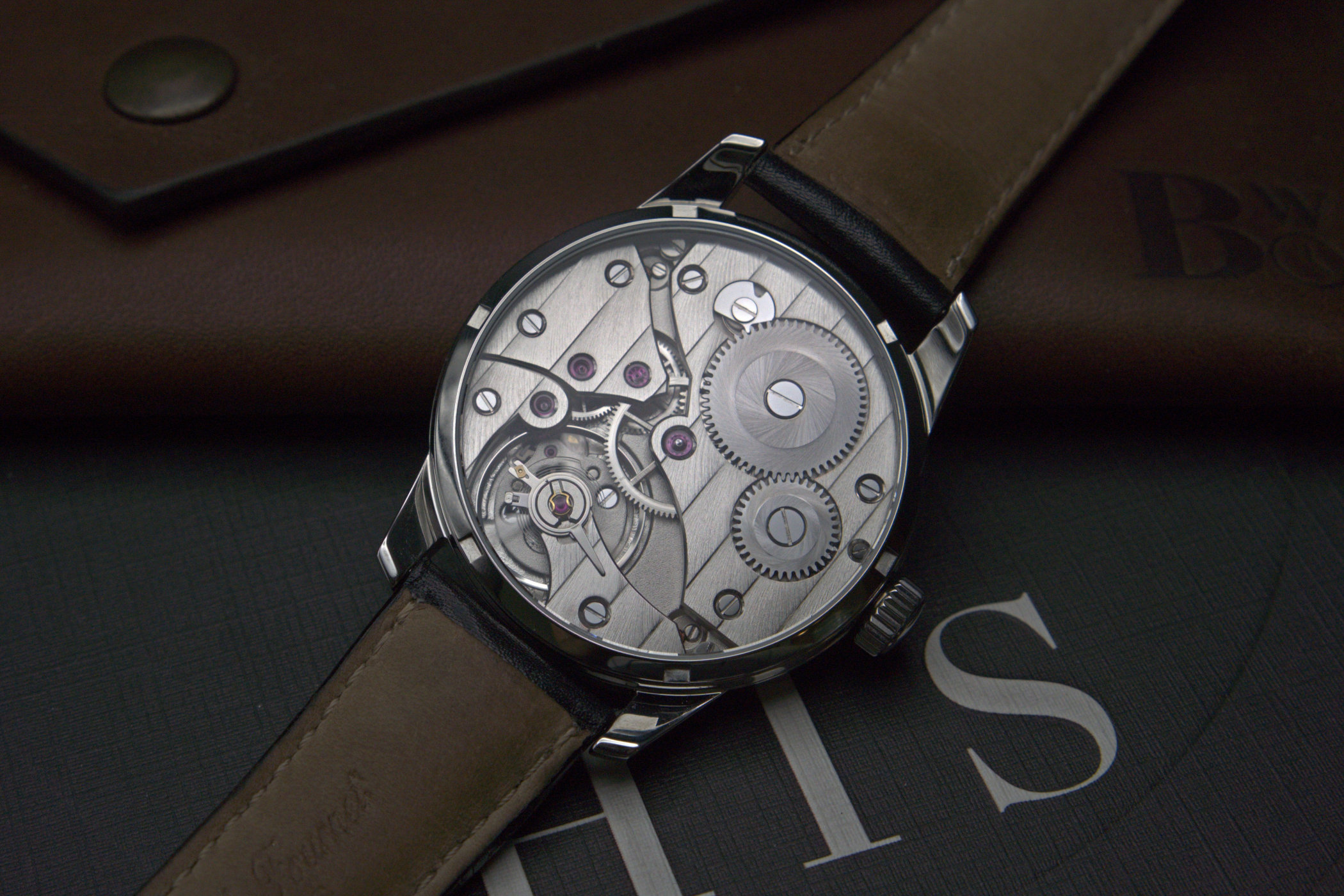
Throughout the past years, we’ve had the privilege of disclosing a few breakout independent watchmakers, often through their first watch. Sometimes, though, we even get to see graduation watches, or ‘montre ecoles‘ up close and can showcase young talents even better. This time around, we are looking at someone in an even earlier stage of his career. Just 19 years old, American-born Hudson Mickey is still honing his craft as a watchmaking student but already has an interesting story to tell. To illustrate, Hudson aims to build an entire movement from scratch after graduating. So, to say he’s ambitious is an understatement! However, before we go that far down the road, we decided to ask Hudson a few questions about his education, passions and future ideas.
Robin Nooij, MONOCHROME Watches – Hudson, you’re still in watchmaking school and about a year away from graduation. How has that been for you so far?
Hudson Mickey, student watchmaker – School has been profoundly helpful, even more so than I imagined. I’d pursued watchmaking for four years
before coming to the Lititz Watch Technicum. It feels like I have more than doubled my collective knowledge about watches already, and I’m only halfway through the program. Until you’re in it, you don’t quite consider the impact of spending all the possible hours in a week focusing on watchmaking alone. There were so many skills that I never had the chance to learn before, either from lack of instruction or from not having the tools, and the skills I had learned before coming to school have since improved tenfold. The main thing is that everything—from what they teach to how it is taught—changes the lens from which you see the mechanics. They teach you how to think like a watchmaker.
What sparked your interest in mechanical watchmaking, and what people and/or watches inspire you?
Back when I was twelve, I inherited my great-grandfather’s high school graduation watch, which was an old rectangular Bulova. My grandmother found it in a box stuffed in her attic, along with a lot of his other belongings. It was the first piece of jewellery I ever owned, so I became quite infatuated with it. I spent the next few years on and off looking into any information I could find on it; that’s what spawned my initial intrigue in watchmaking, as it got me watching videos that explained the difference between mechanical and quartz, learning about different movement frequencies, things like that. My learning really picked up pace and started taking up most of my time when I was fourteen, and I’ve been pursuing it full force ever since.
Can you tell us a bit about your background so far?
I’m a nineteen-year-old watchmaker in training, originally from the Central Coast of California, and am currently attending the Lititz Watch Technicum in Lancaster, Pennsylvania. I began taking local watch repair classes at fourteen from a small jewellery store in my hometown. Those started towards the end of my sophomore year (the 2nd year at an educational institute) in high school, still during COVID. Towards the end of summer 2022, I did a six-week internship at J.N. Shapiro Watches in Los Angeles. Given that I had only unofficial experience from the mom-and-pop jewellery store, Josh and his team took a huge risk bringing me in at all, let alone for so long. I’m forever in debt to them for that, as those six weeks were really what pivoted watchmaking from being a dedicated hobby to what I wanted to pursue with my life.
It is also where I was first introduced to high-end finishing and where my first attempts at beveling took place, which now has become my primary focus. After that, I went back to finish high school, graduated in June 2023, and applied to a watchmaking school instead of the more traditional colleges. Over that summer, I spent two weeks in Switzerland, and I was fortunate enough to visit Philippe Narbel’s workshop in Vallée de Joux. Still only seventeen at the time, he was kind enough to take me in for the whole day and teach me his methods of beveling, letting me practise at his desk and use his tools. I also attended his beveling masterclass, which he held in Los Angeles in May of this year. I came to LWT straight out of high school, and I’ve been there ever since.
You’ve just finished your school watch, which we can see in the pictures. Can you tell us a bit about that?
This school watch, in part, is what I came to watchmaking school to do. It’s the perfect combination of the skills I wanted to learn, practice, and show off all in one project. It’s an ETA 6497 base, like most school watches nowadays. The escape wheel bridge and train bridge were both fully fabricated using lathes only; there is absolutely no CNC used on school projects. The focus of this project for me specifically was aesthetics and finishing, so that’s where it becomes unique and is really able to stand out. The sides of all of the bridges in the movements were entirely shaped by hand with a file. There is a method you can use to cut perfect arcs into your bridges using the lathe, but I really wanted to test my shaping skills.
The bevels were all formed and polished by hand—their flatness and consistency in width was no easy feat to maintain. It’s far from perfect, but the bridges have some of my best bevelling work to date. All of the train wheels are bevelled and satinized as well. It has polished countersinks, black-polished and bevelled screws, nickel-plated bridges and wheels, and snailing on the crown and ratchet wheel, all of which took a while to figure out how to execute with a high-quality end result. I tried to use as many surface finishes as I could as well. The bridges have perlage on the bottom, are media blasted on the sides, bevelled, mirror polished, and finished with Geneva stripes on the top. I tried to keep the movement as monochromatic as possible by plating everything in nickel, leaving the rich red/purple hue of the jewels as the only pop of colour. This idea came from looking at Uhren-Werke-Dresden (UWD) movements and hoping to achieve a similar aesthetic result.
Considering you still have some time to go before graduation, and this uses your school-provided dial, what are your plans for it?
For the most part, the watch is completed—at least for my time in school. If I am practising something like black polishing and find myself getting a better result than I did when I polished the click or the screws, then maybe I’ll go back and touch them up. I do plan on turning a balance staff for this watch; however, I’m expecting that to be a few months away still. I also plan on making a very complicated and ornate dial for this watch. Still, I’m expecting to do that after graduation, as I will likely have access to more specialized machinery and knowledge than I do currently.
Once that dial is finished, what comes after that?
Once the dial is done, the watch is done. The only way forward is to make another watch and one-up myself. I think the best way to do that is to take my time and manufacture the whole movement from scratch. If I’m going through that effort, however, it certainly won’t be a 6497 or 6498 base. Instead, it’ll be something I design from scratch. It will be quite an undertaking, but then again—that’s not a project I’d plan on finishing in just a few months.
What do you see yourself doing in the future? What ideas do you have for a first watch, for instance?
I see myself working in an independent space rather than working for a larger company. I’m able to recognize that the style of work done in larger facilities does not foster the ideas and pursuits I have within watchmaking as well as being at an independent brand would. There is a meteoric uprise of American watch brands popping up as we speak, and plenty more in their development stages to come. I see that market growing an incredible amount in the next five to ten years, so if the watch market permits it, that’s where I’d like to be.
How can people keep track of your progress as a watchmaker?
All of my watchmaking progress is regularly uploaded on my Instagram account: @hudsonmickeymanguy. I’m sure that in the future, I will branch out to other platforms, but Instagram is where I’m most active and accessible. Any significant progress in my pursuits is posted there, so if you want to see what I’m up to, that’s where you can find it.

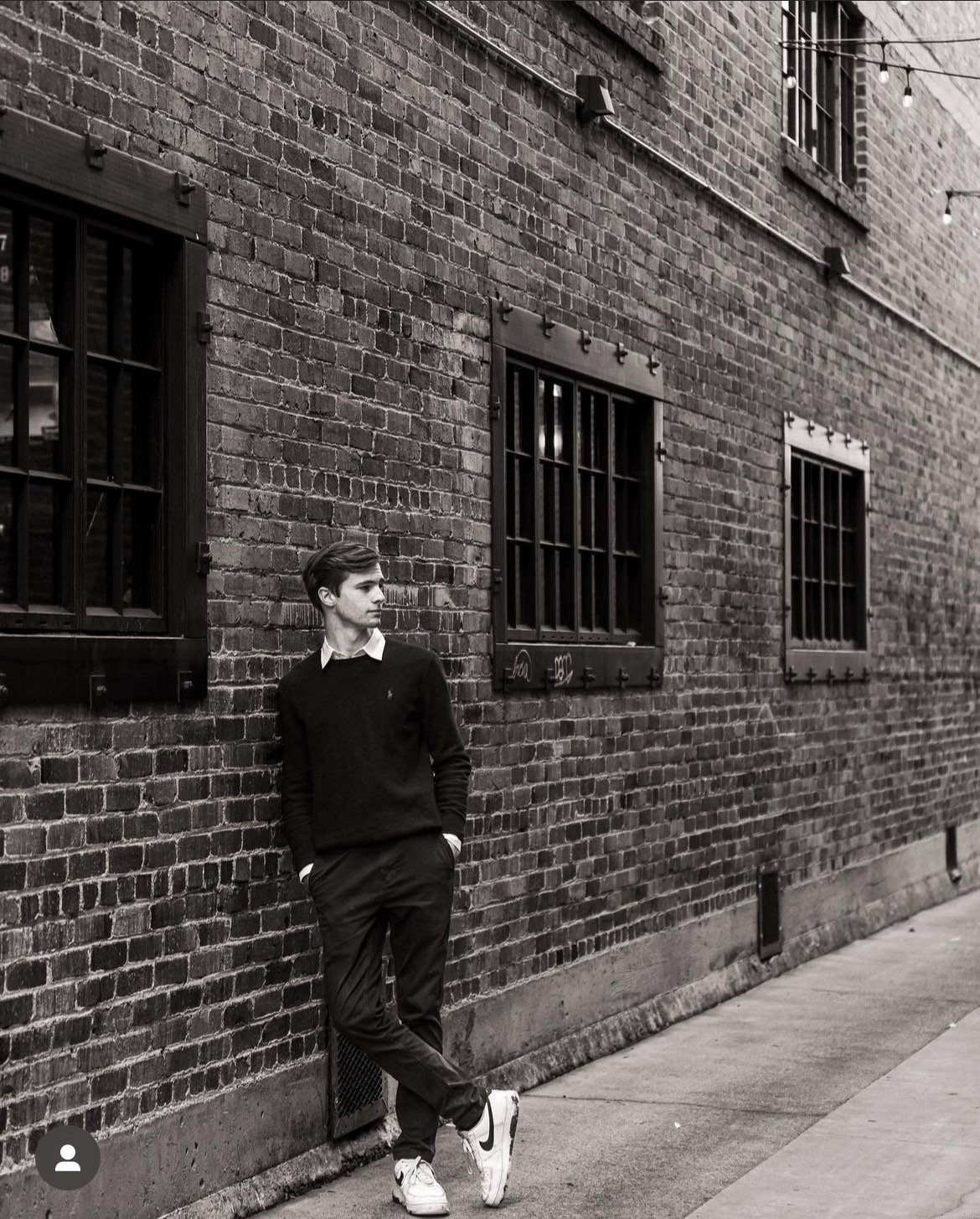
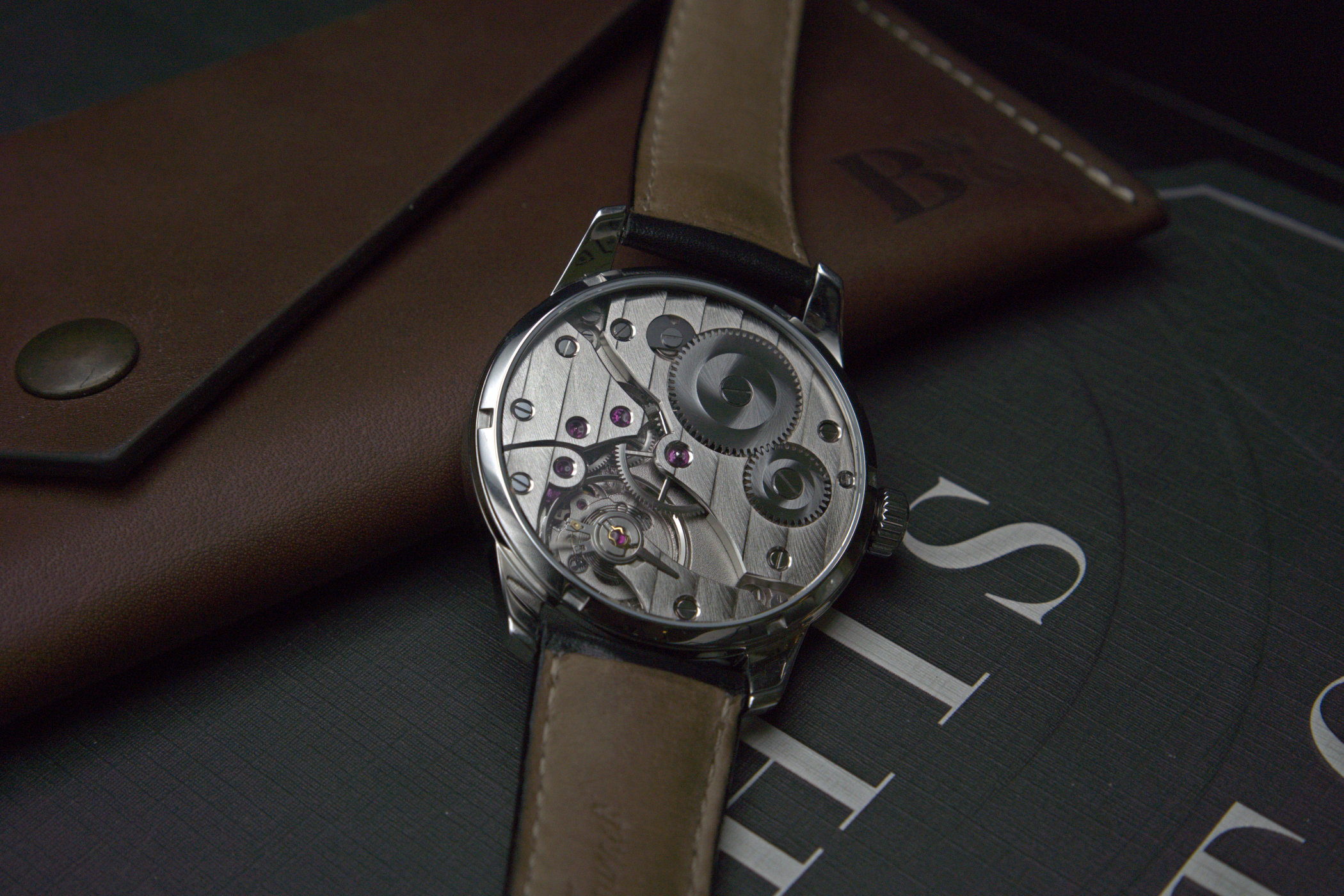
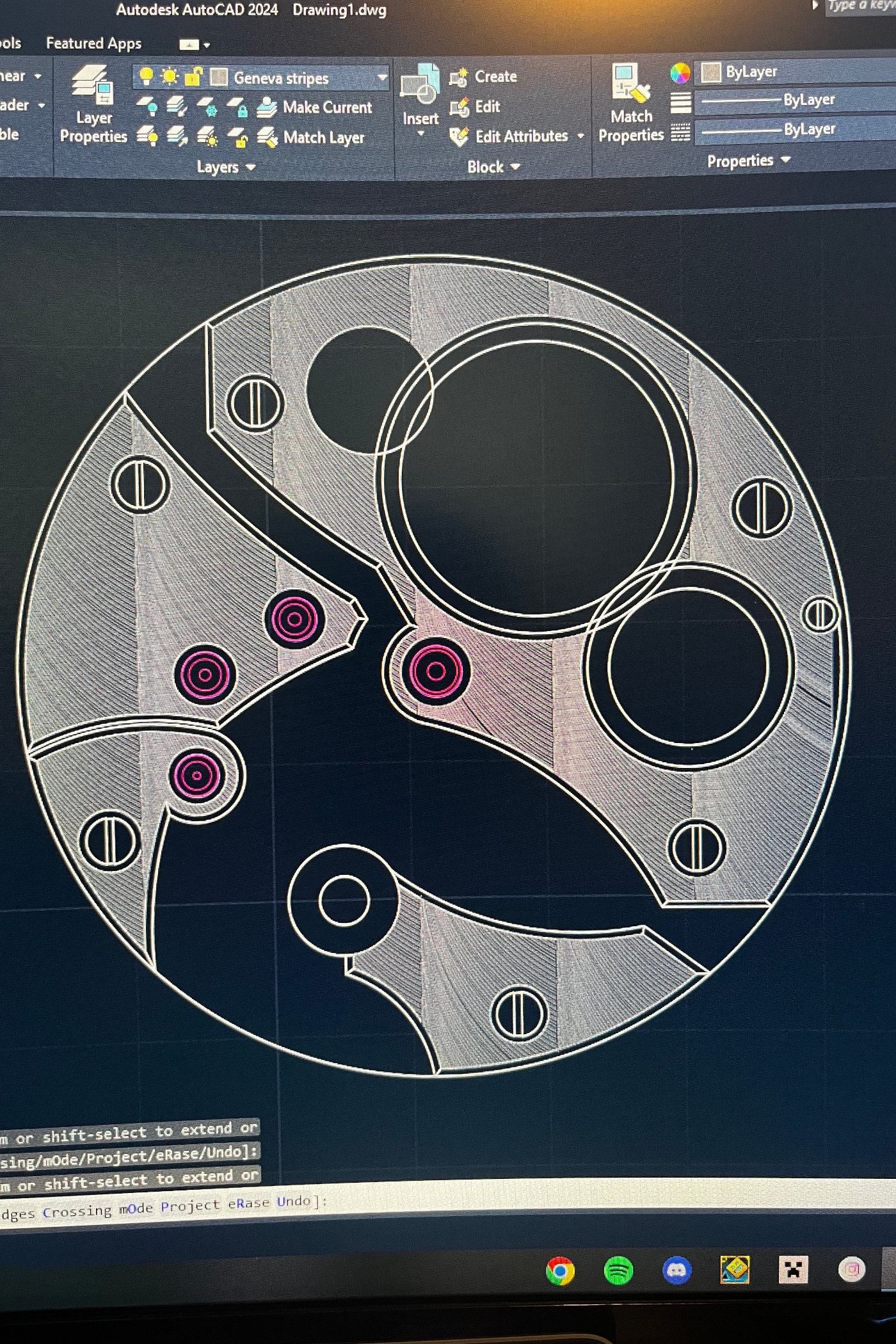
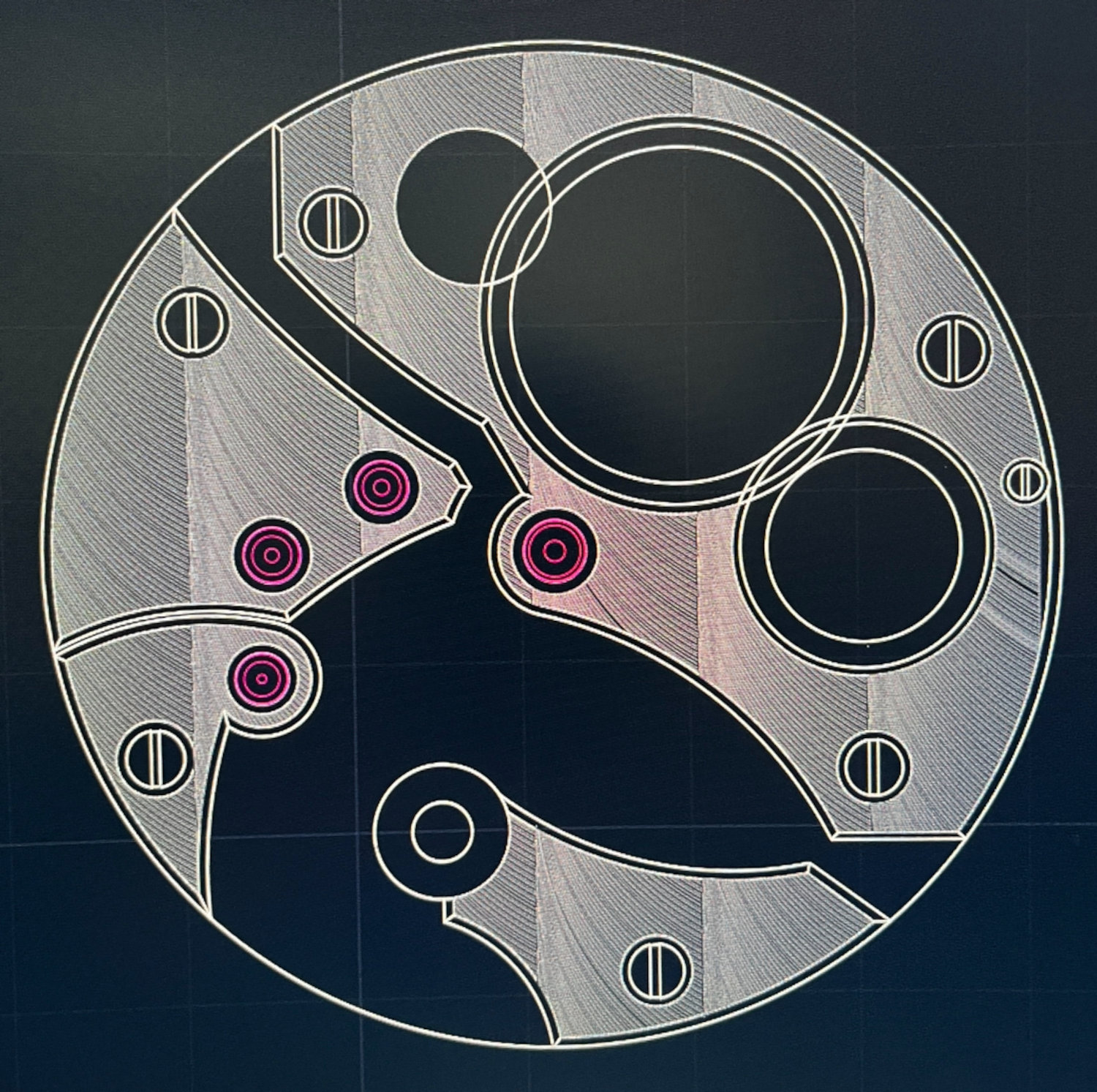

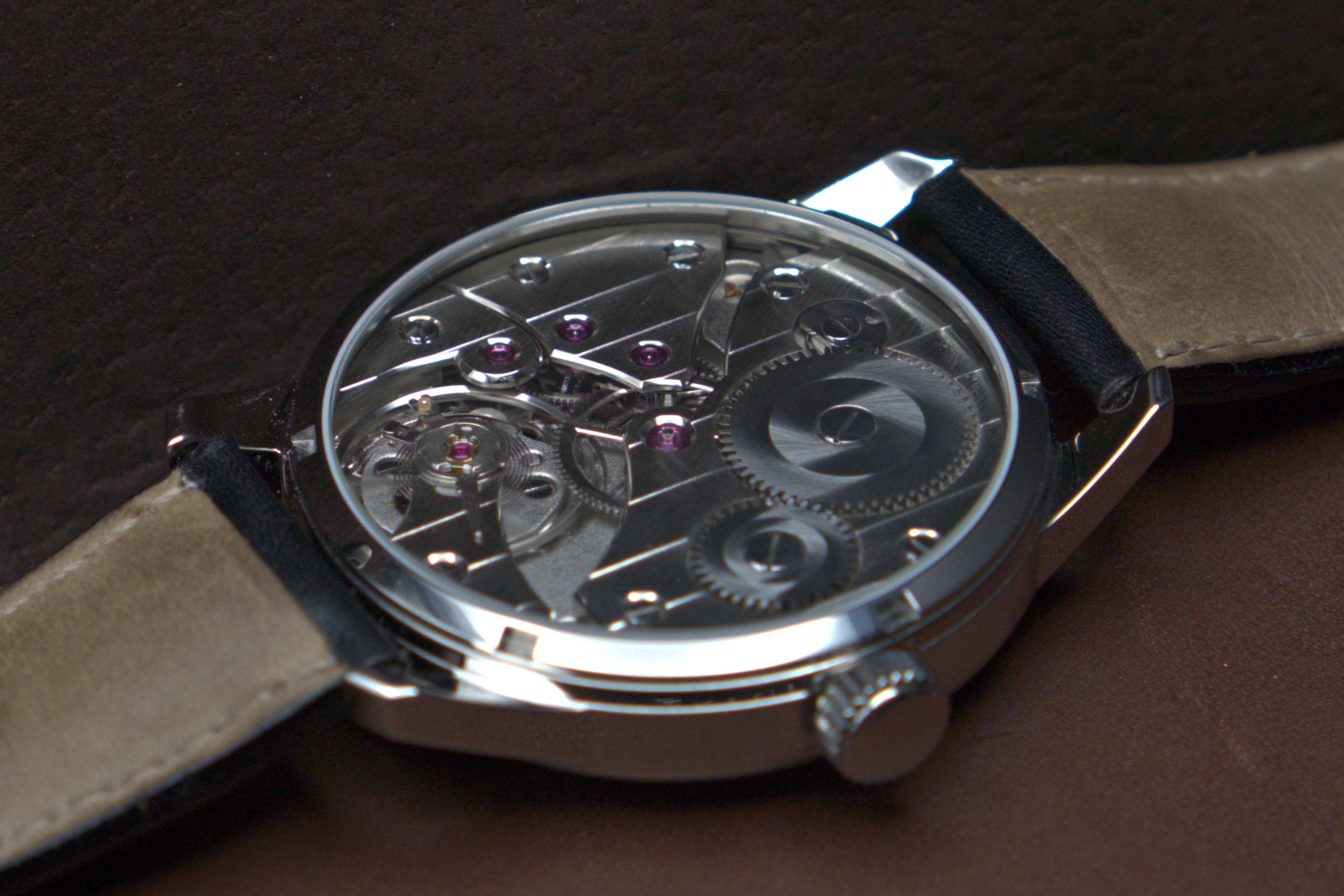
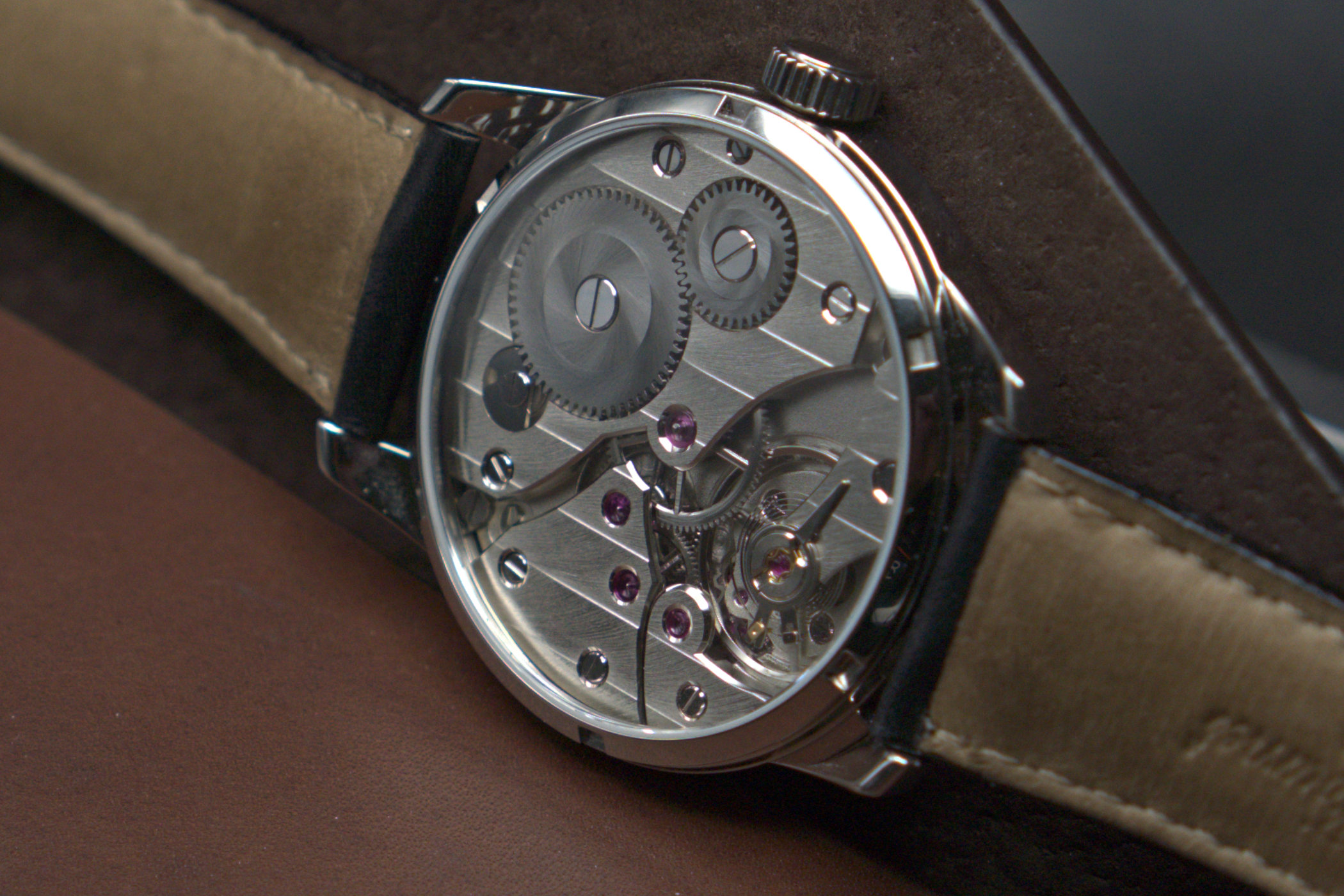
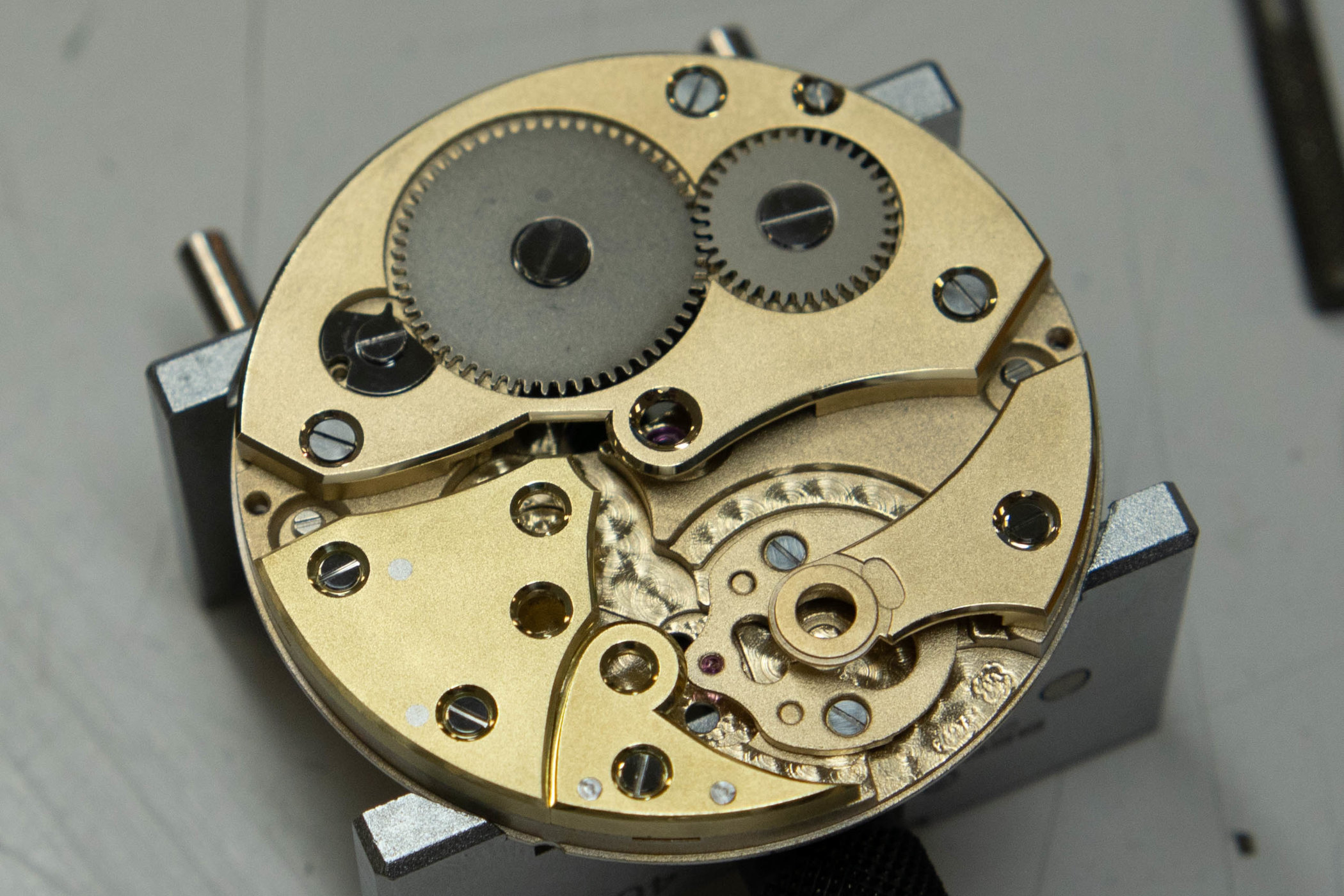
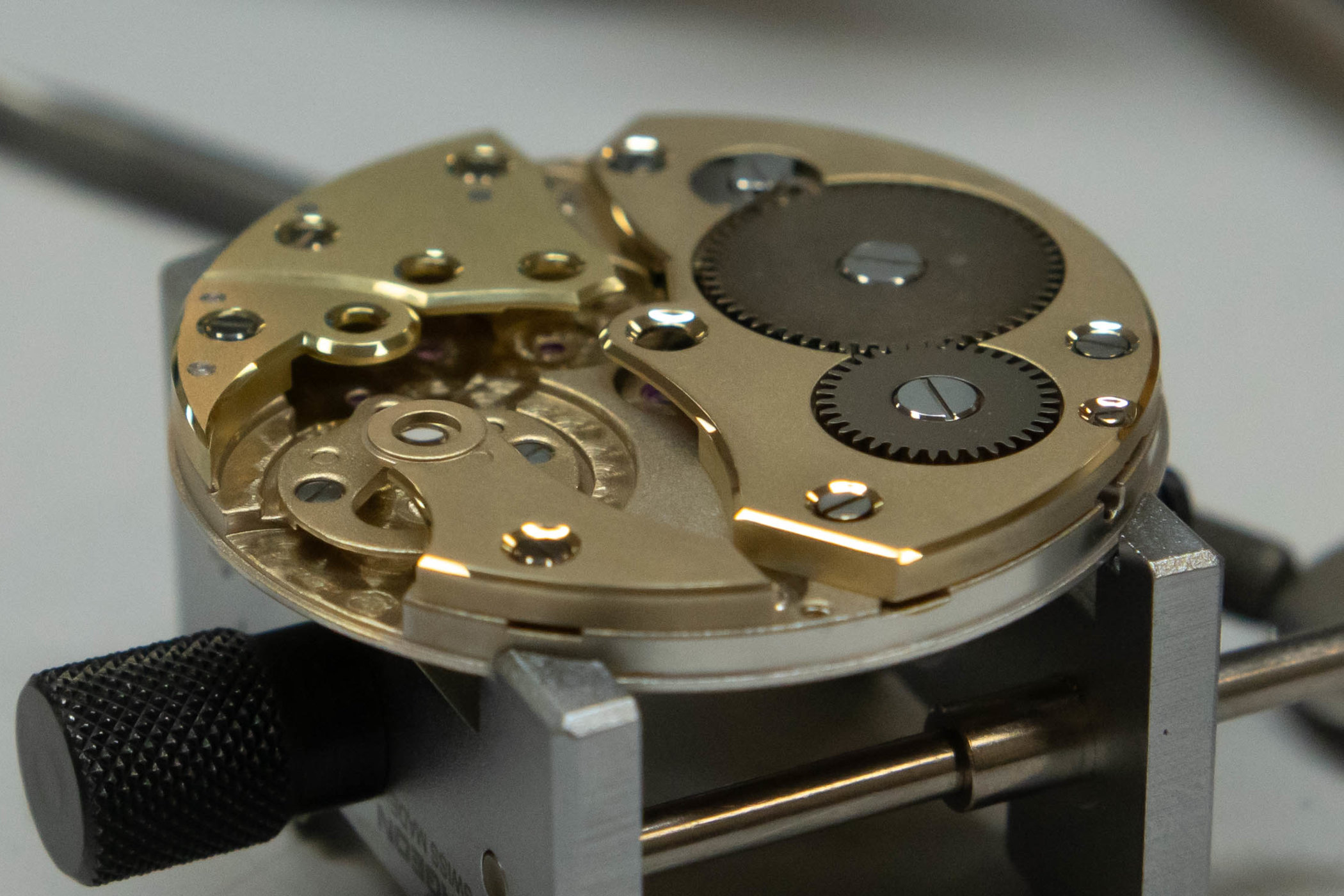
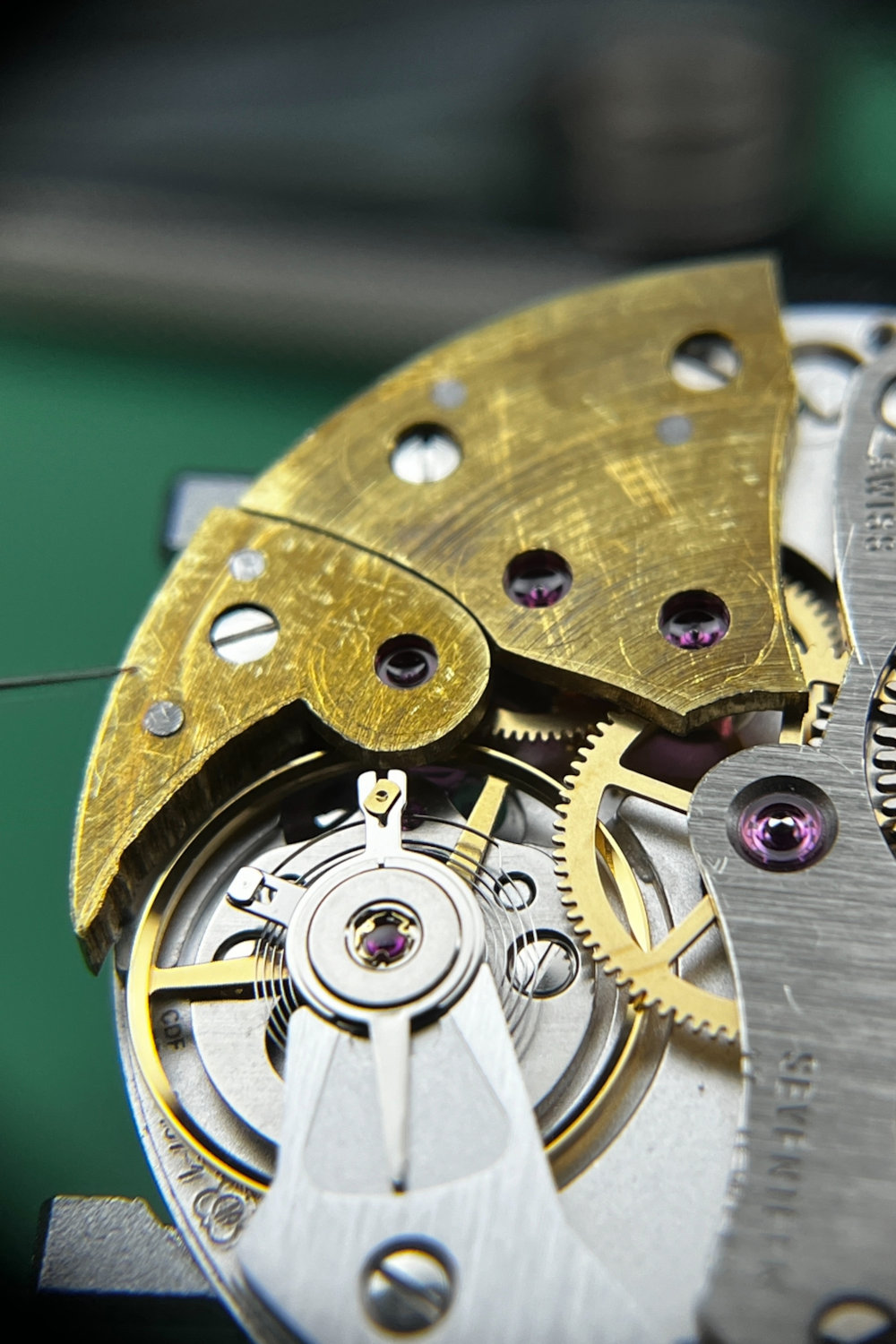
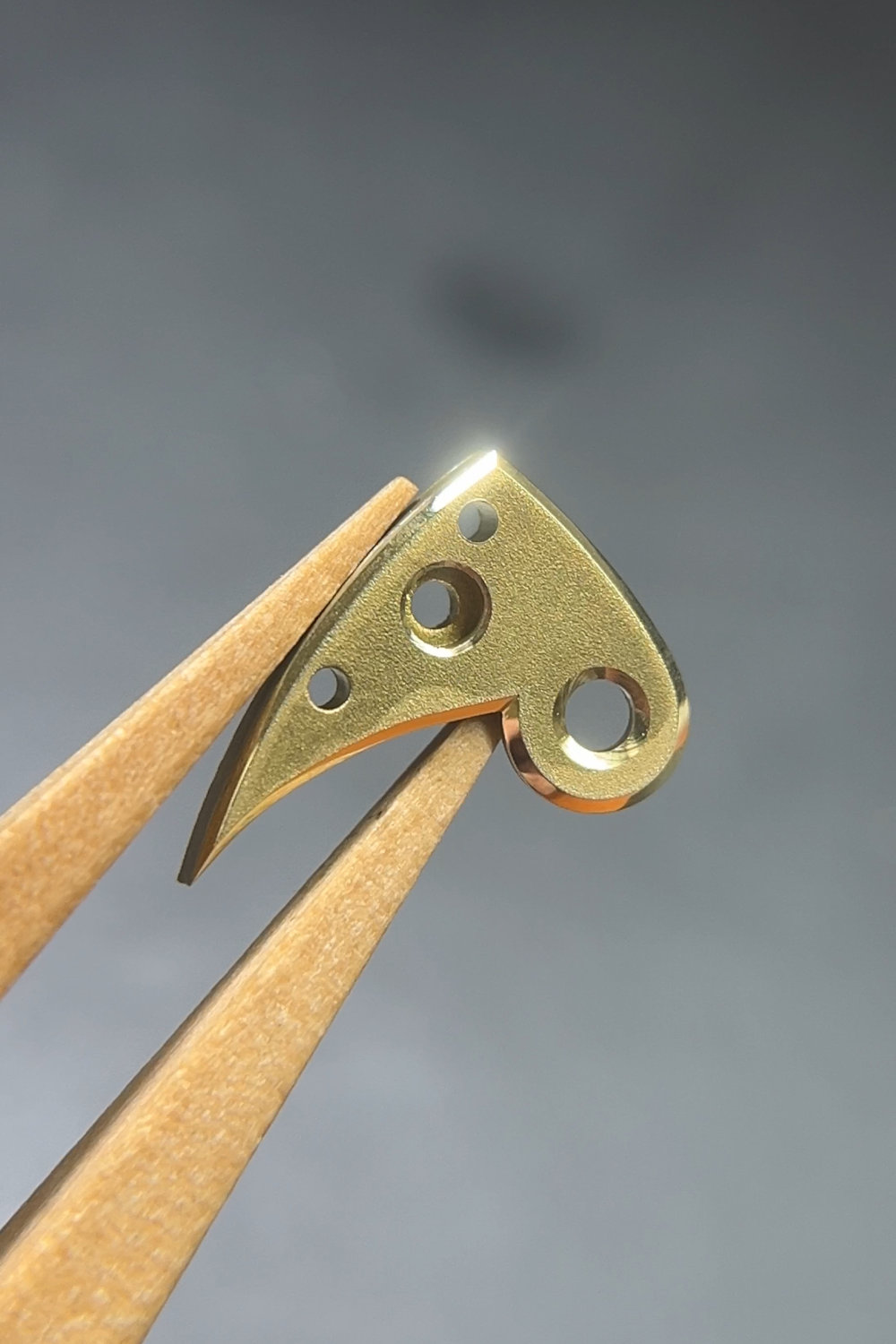
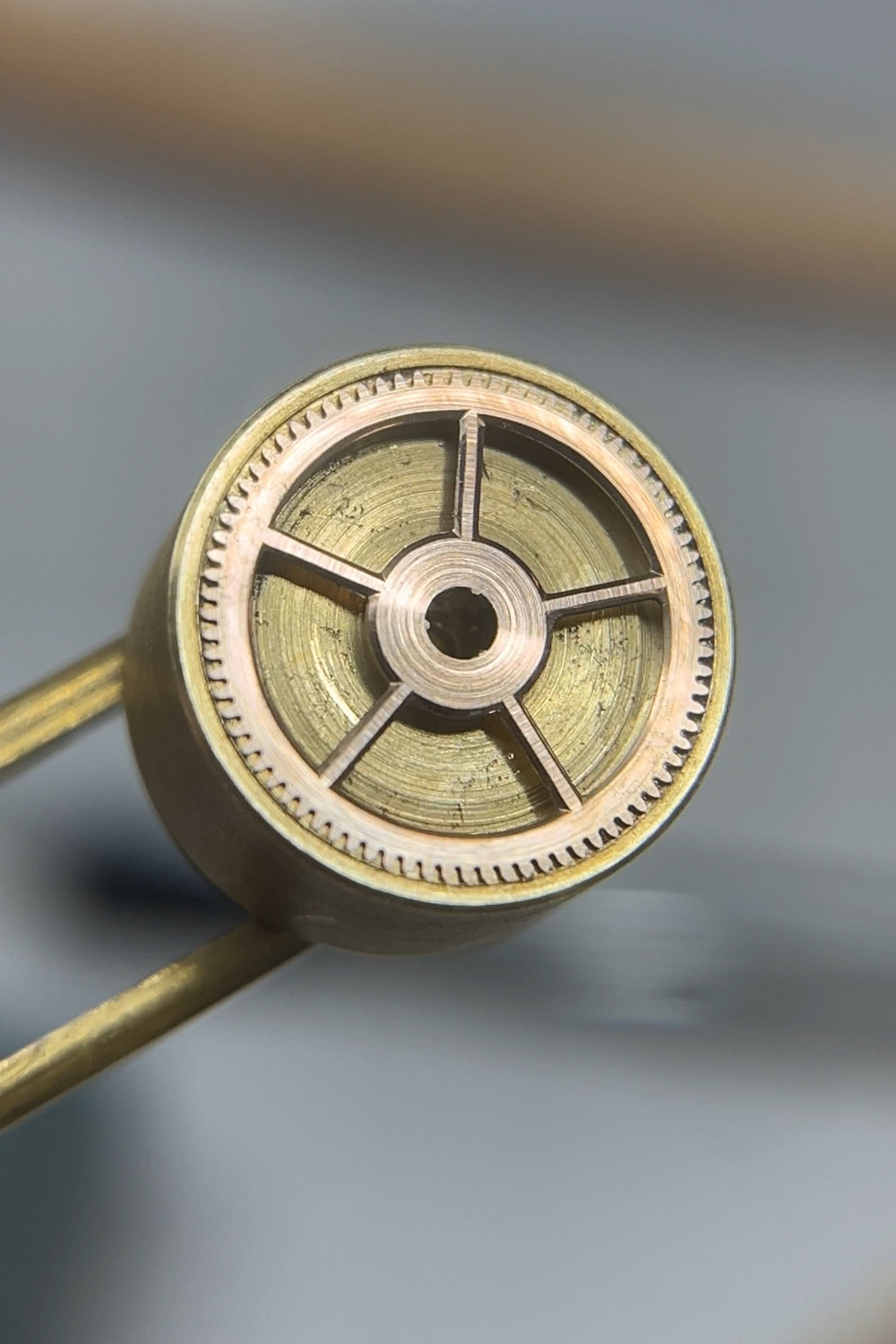
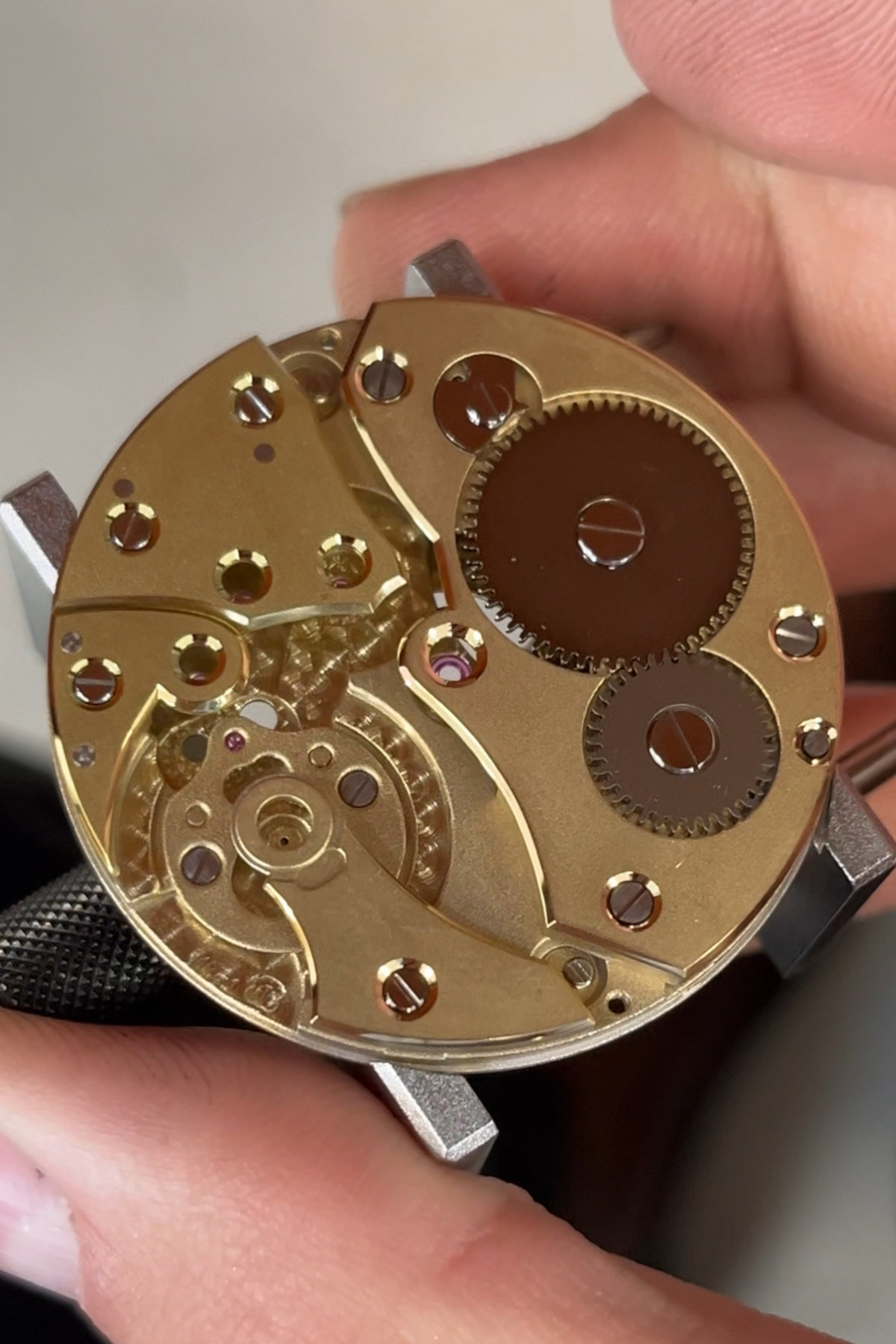
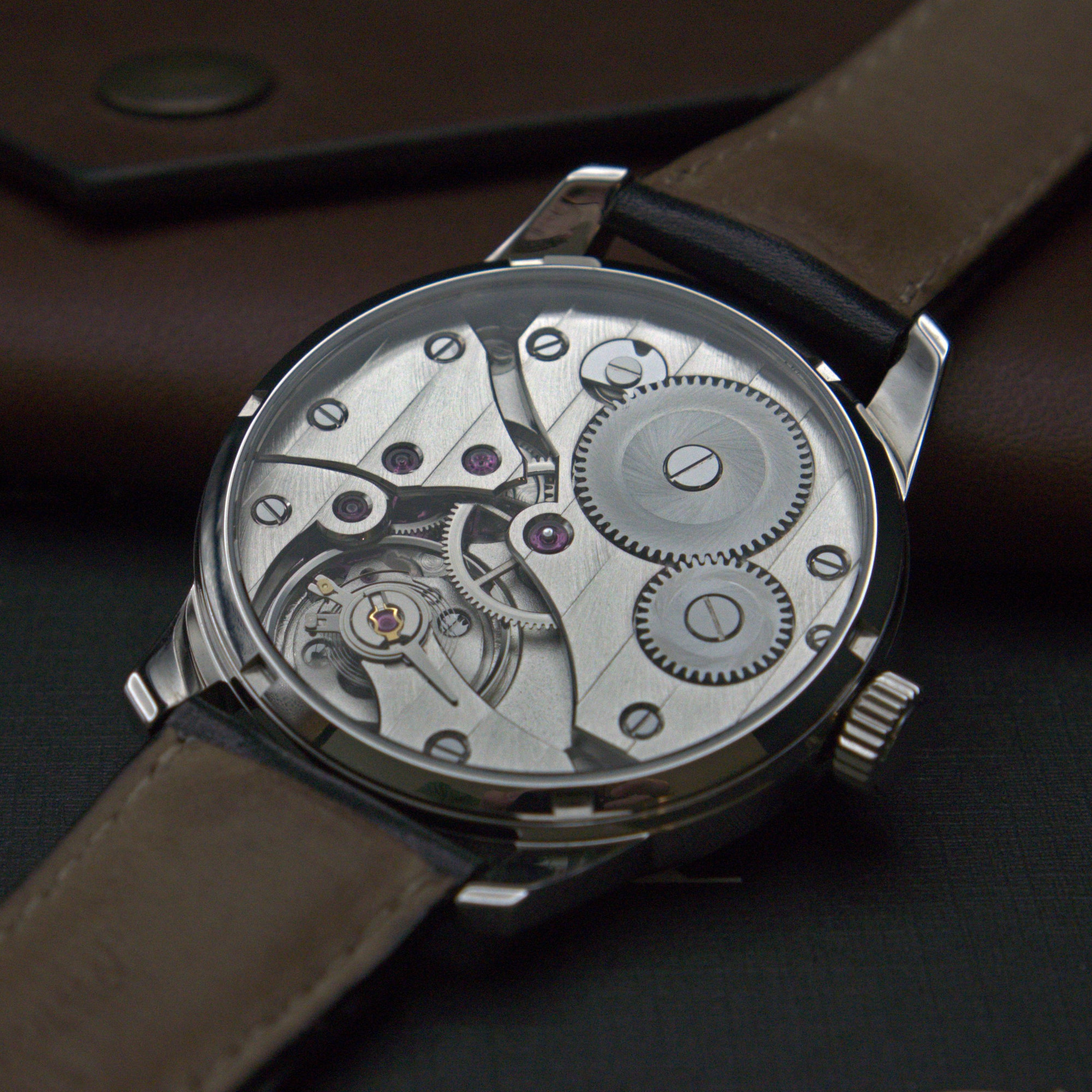
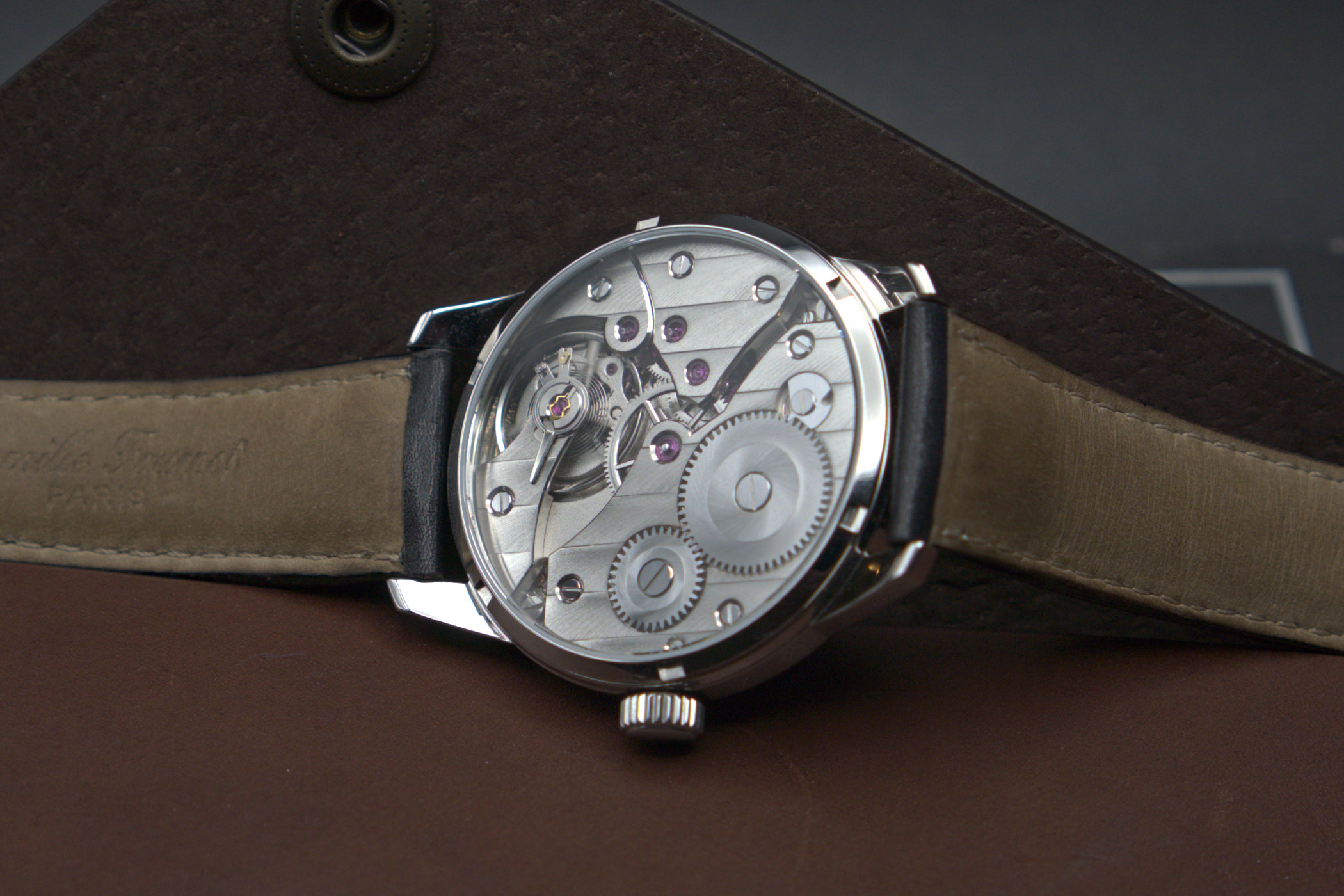
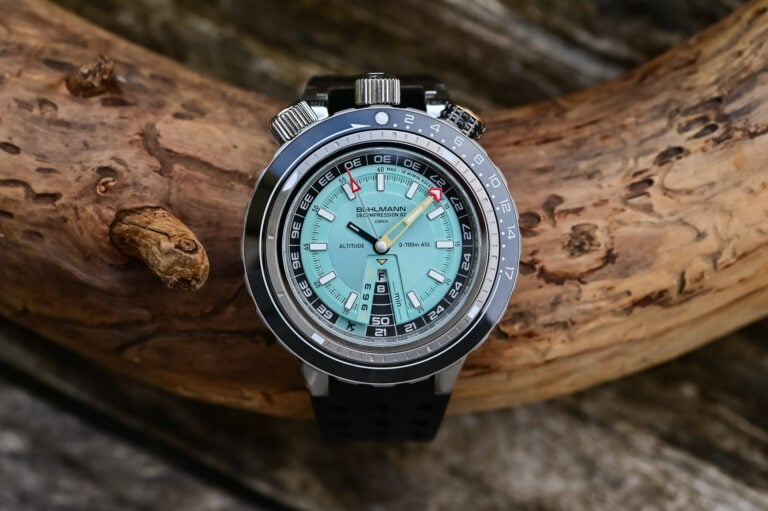
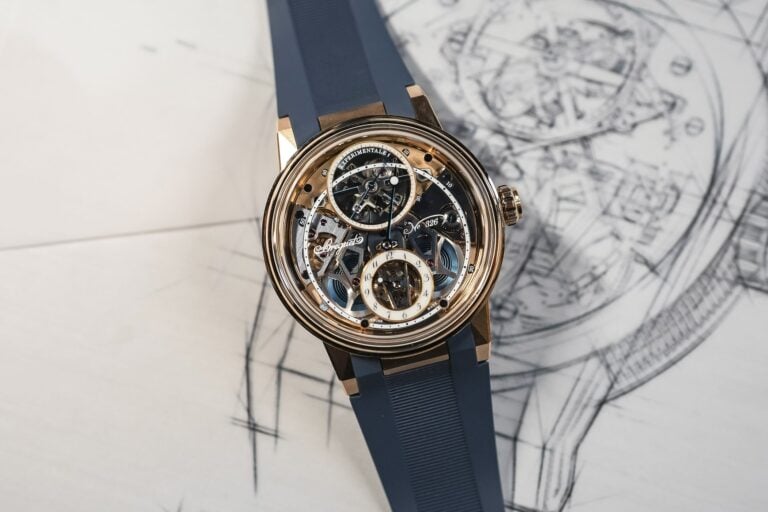
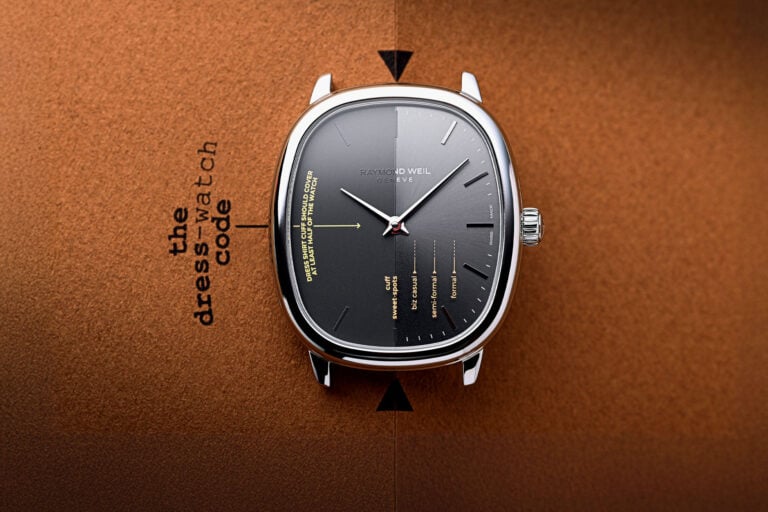
3 responses
Hudson we love u!!!!!!!!!!!
He forgot to put hands on it.
Awesome to see a young American watchmaker studying in the spiritual heart of American watchmaking. Proud to have you representing the US! Keep up the good work.